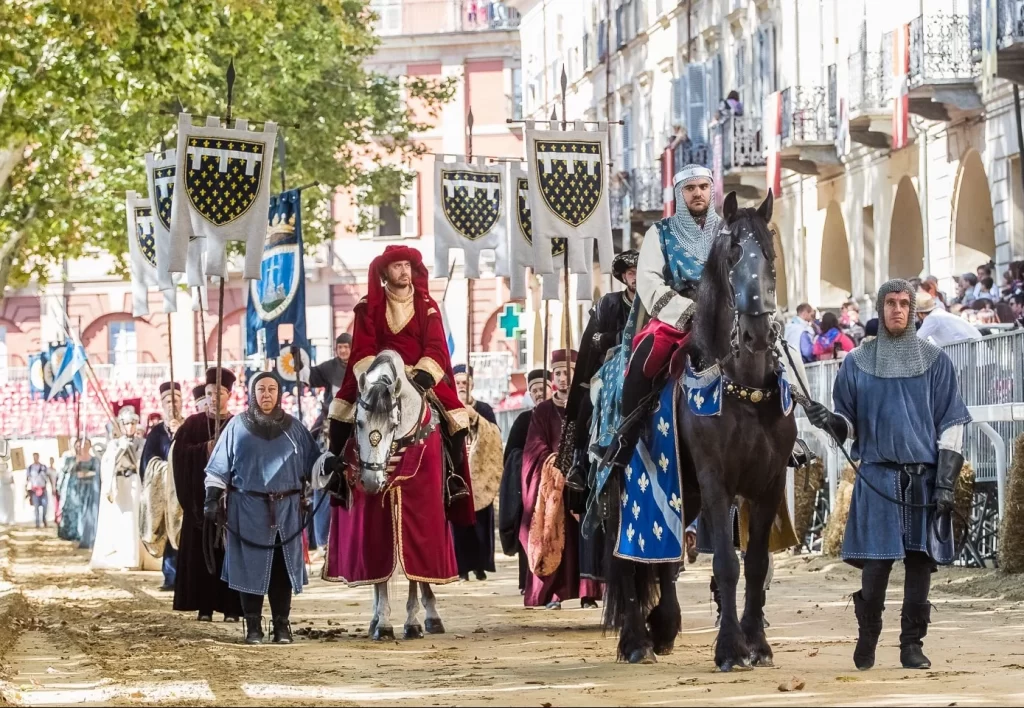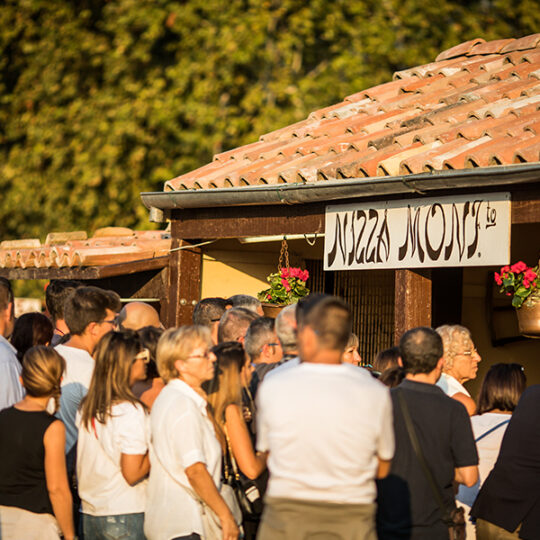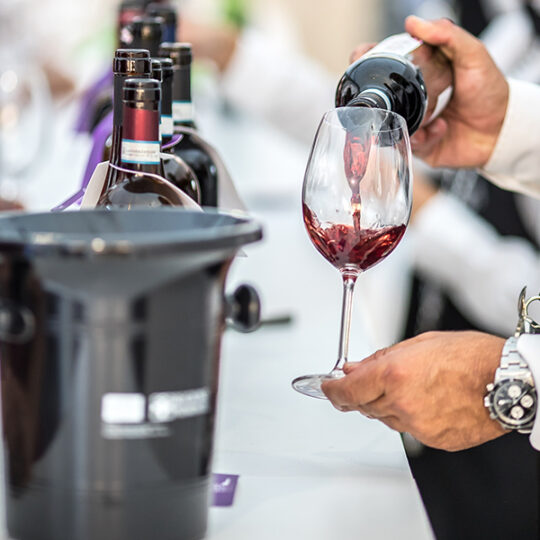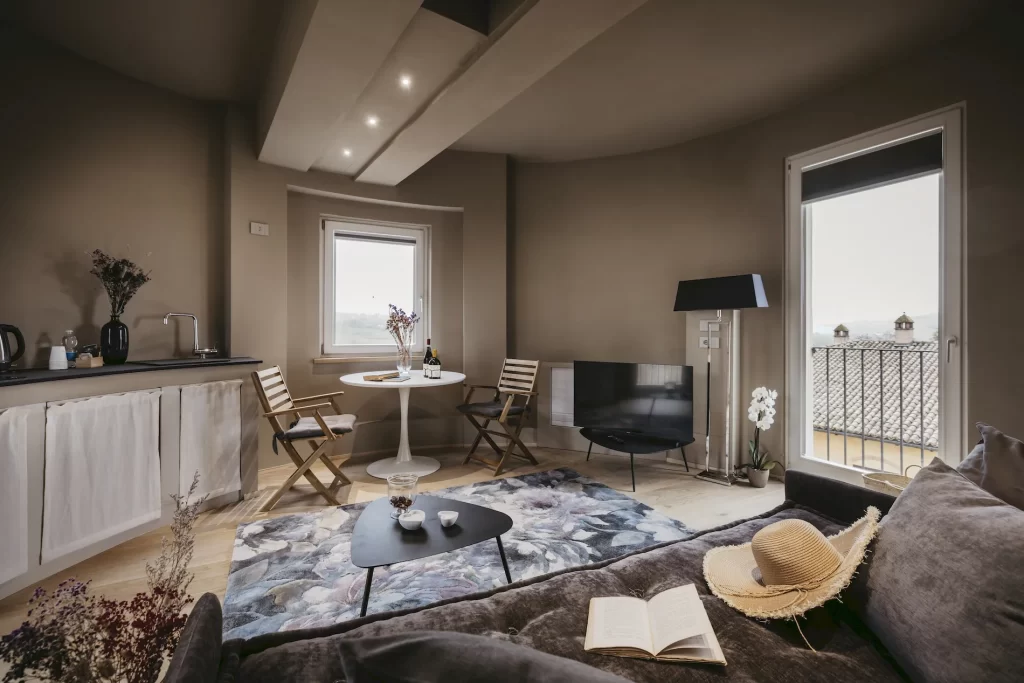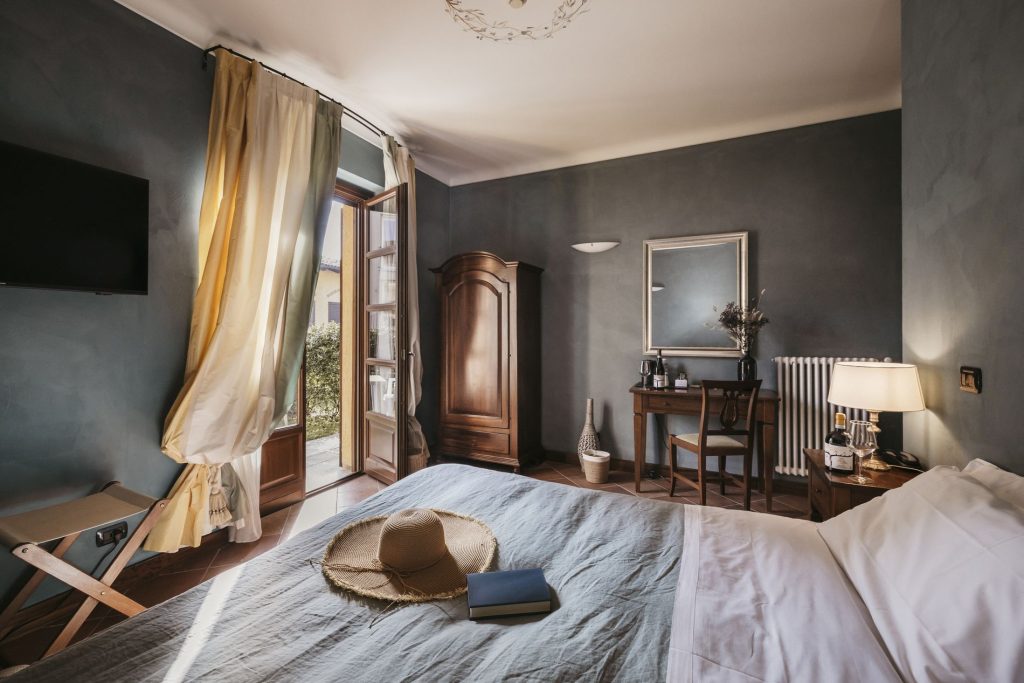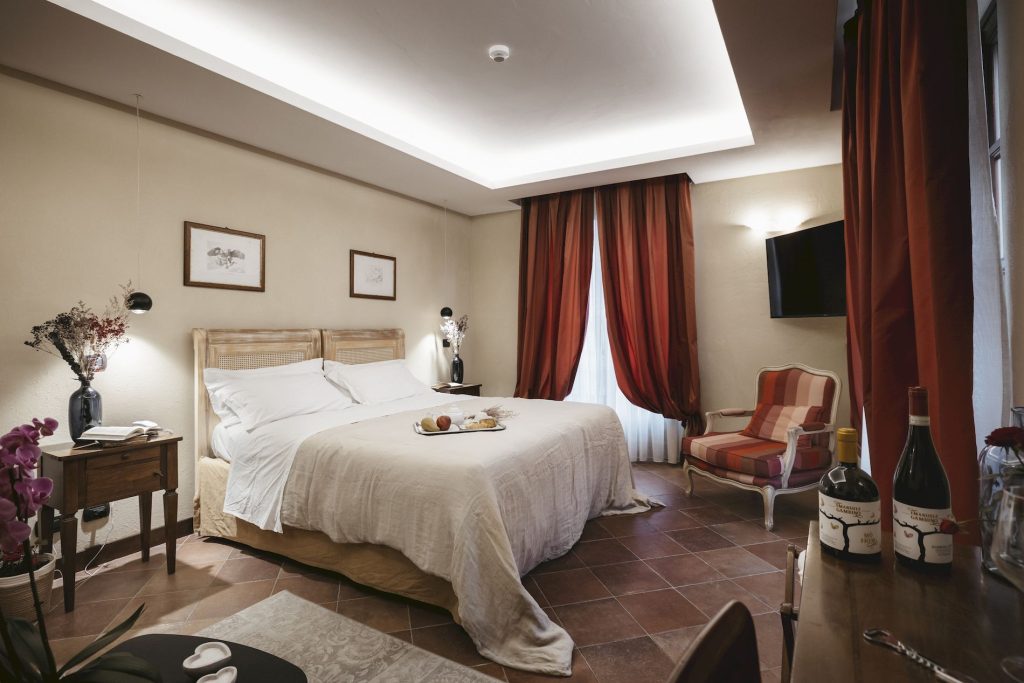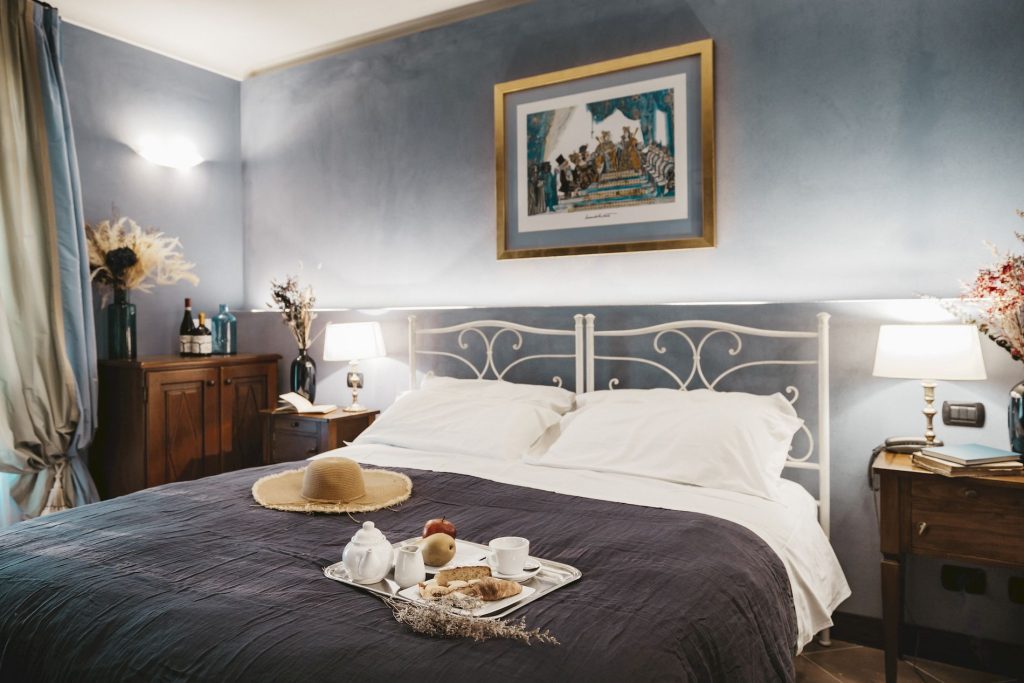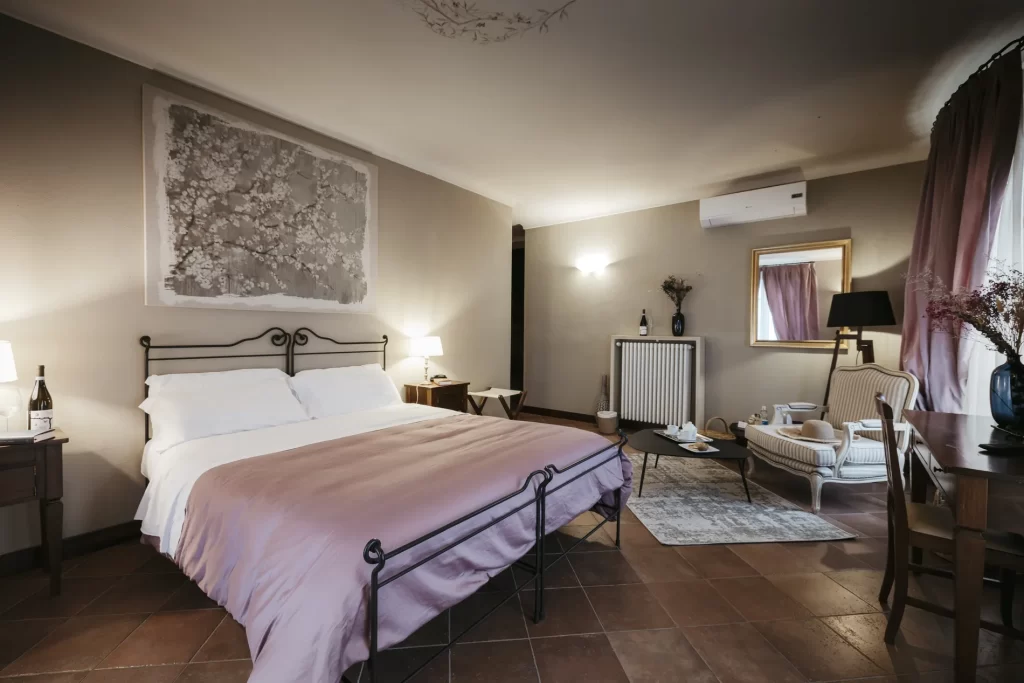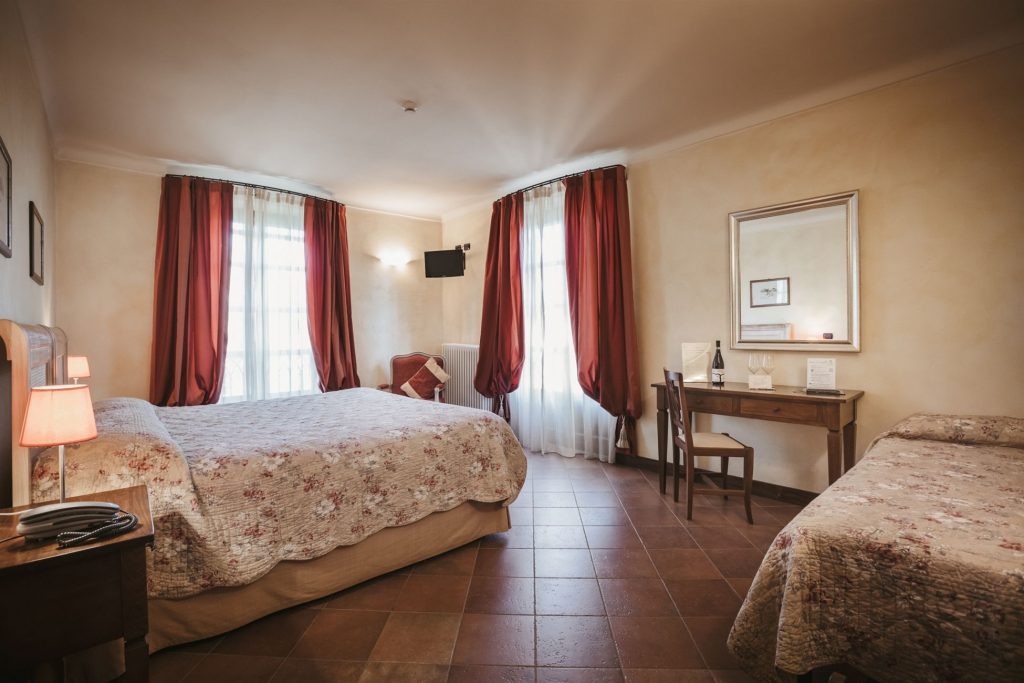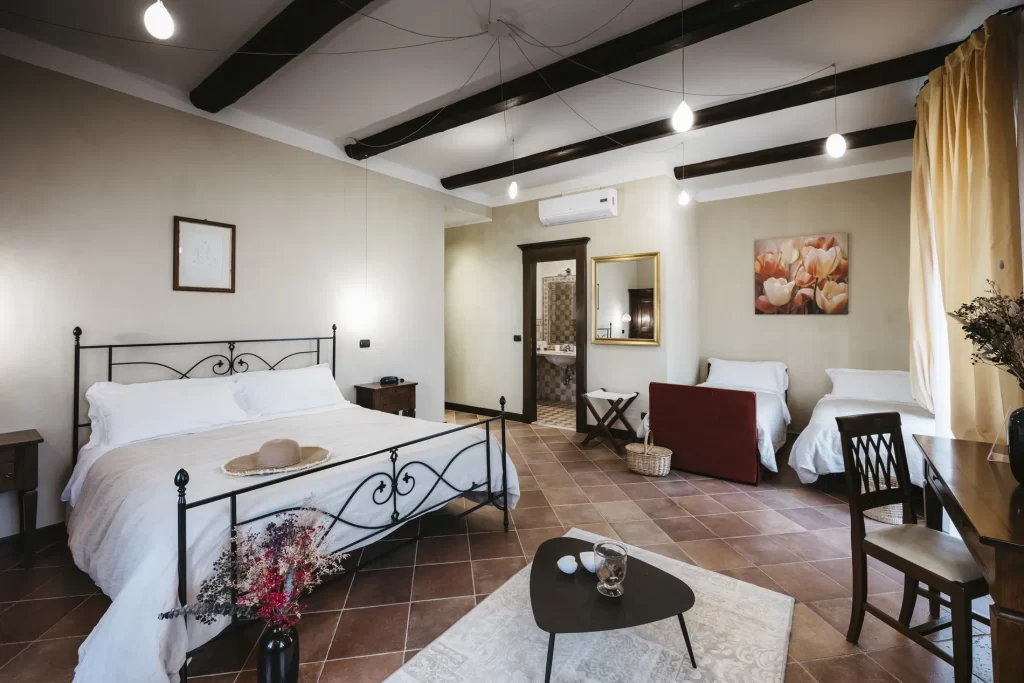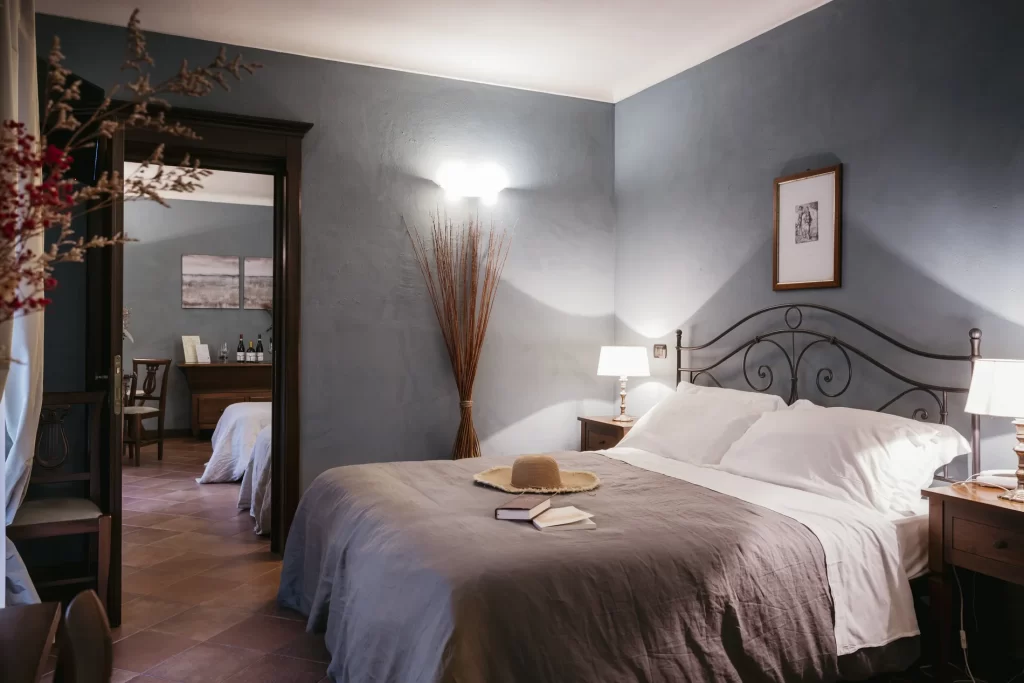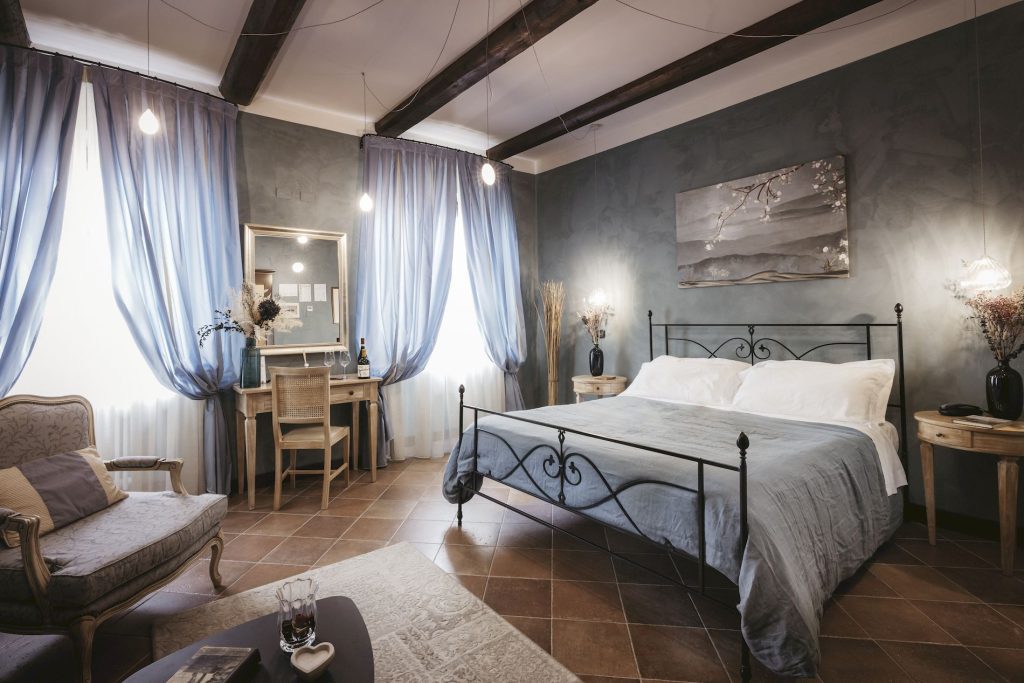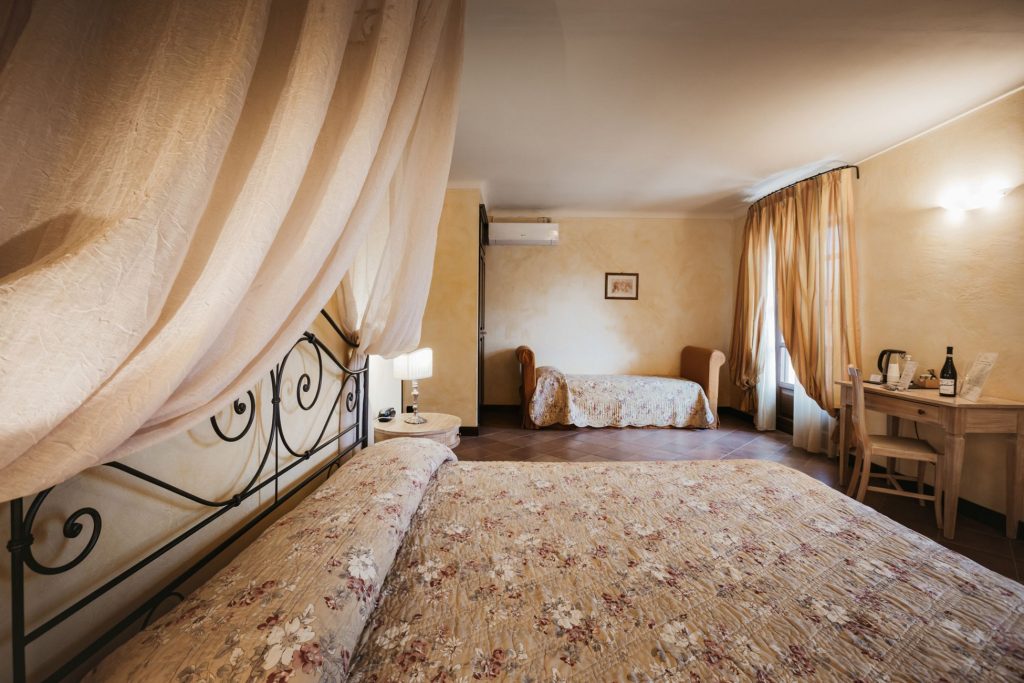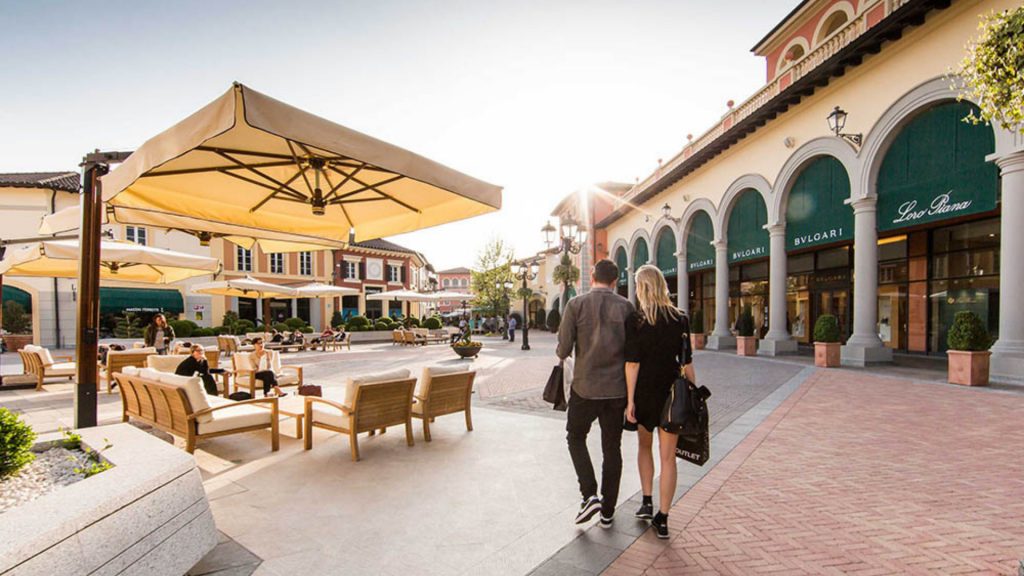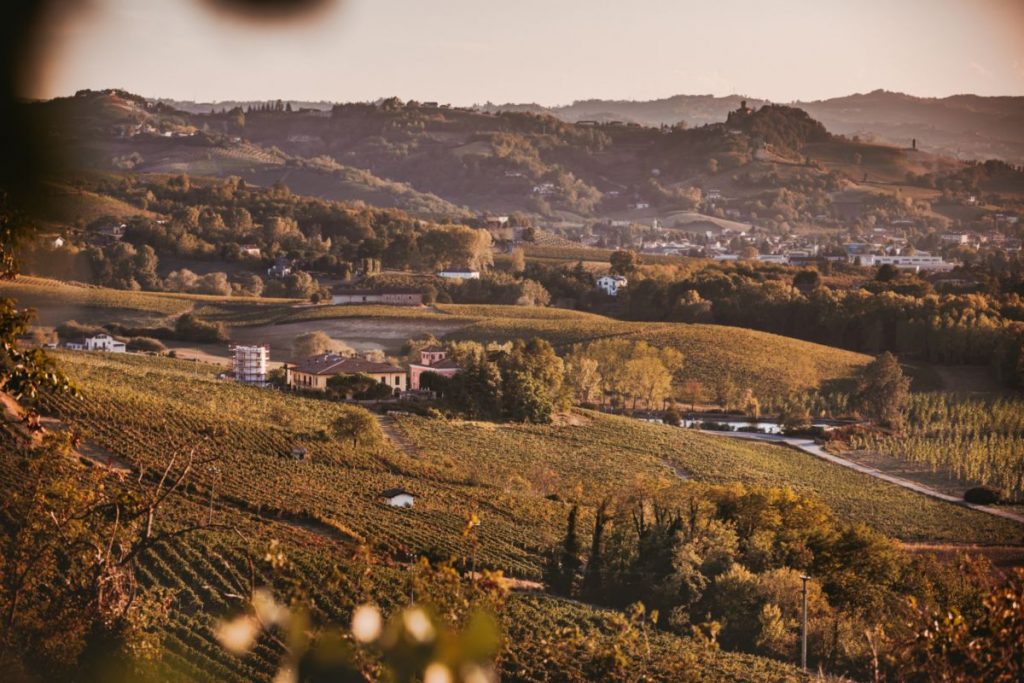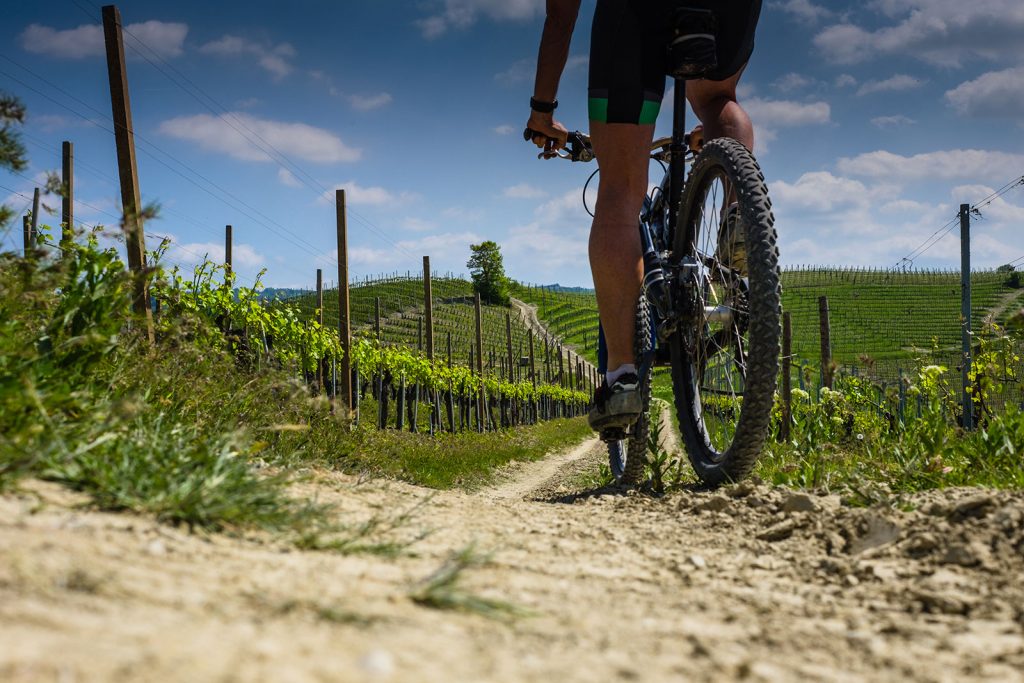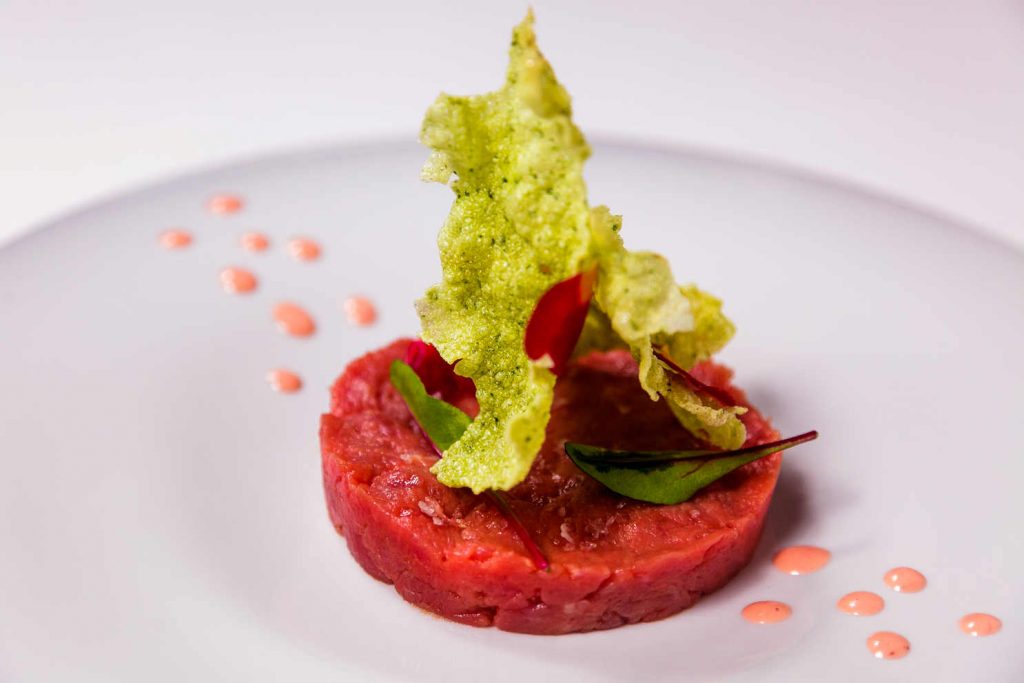Asti is a city with priceless cultural and architectural treasures, boasting a history that makes it unique and fascinating from a historical and artistic point of view.
Known in ancient times as Hasta, it was founded by the Romans, but its origins date back to Ligurian populations that had settled in the same area. Even today, you can admire some sections of the ancient walls in the northern part of the city.
During the Middle Ages, Asti was an important center of commercial and banking exchanges, where noble families often clashed with each other due to the struggle between the Guelphs and the Ghibellines.
Among the points of interest in Asti stands the majestic Cathedral, with its Gothic façade, and the Troyana Tower, towering at 44 meters, offering breathtaking panoramic views of the city and the surrounding hills.
Wandering through the streets of the historic center, you can admire ancient palaces such as Palazzo Mazzetti and Palazzo Alfieri, testaments to the city’s historical significance.
Asti offers a tranquil and authentic atmosphere, where you can take leisurely walks on cobblestone streets, explore local markets, visit churches, and fascinating civil and military architectures.
The Palio di Asti is one of Italy’s oldest and most fascinating traditions, taking place again on Sunday, September 1, 2024.
It is a competition among the municipalities, villages, and districts of the area, this year totaling 21, each with its own coat of arms and distinctive colors. The horses, carefully selected and trained, are ridden by jockeys who compete in Piazza Alfieri. Here, amidst a crowd of spectators from around the world, a spectacular race takes place to win the Palio, a hand-painted banner representing the symbols of the districts.
The participants ride three laps around the square, and the winner is the first to cross the finish line. Each district experiences this competition with great passion, supporting their jockey and proudly displaying their colors.
An event that involves the entire city, evoking ancient traditions and the values of the Asti community. Before the race, historical parades, processions, and cultural events take place, contributing to a magical and engaging atmosphere.
The Festival delle Sagre is a gastronomic event that takes place in Asti on the second Sunday of September but begins, as a well-established tradition, on the preceding Saturday evening, sometimes surpassing the flow of people on Sunday itself.
Various pro loco associations from the province of Asti present their gastronomic specialties, accompanied by renowned Asti DOC wines, in a large open-air restaurant set up in Piazza Alfieri.
On Sunday morning, a unique parade enlivens the city’s streets, involving over three thousand participants dressed in authentic period costumes, accompanied by animals and typical tools of the ancient peasant profession. This parade represents the values and traditions of the province, celebrating the importance of agriculture and rural culture.
Douja d’Or is a prestigious national wine competition held annually in September.
The name “Douja” refers to an ancient, pot-bellied Piedmontese jug associated with the famous 18th-century Piedmontese mask, Gianduja.
Established in 1967, the event’s main objective is to promote the knowledge and appreciation of the best Italian wine productions, educating consumers in their wine choices.
Every year, a national competition for DOC and DOCG wines is held, where a commission composed of experts and technicians from the ONAV carefully evaluates the selections and awards the prestigious “Douja d’Or” prize to wines that achieve a score of at least 85/100. These wines can then display the “Douja d’Or” label, while only those that score over 90/100 receive the Douja’s Oscar.
The event takes place during the 10 days of the “Settembre astigiano” (Asti September), positioned between the Festival delle Sagre and the Palio.
During the opening days, visitors have the opportunity to purchase and taste the award-winning wines from the competition. The event is not just a showcase for prestigious wines but also includes exhibitions, events, meetings, concerts, and refined menus of Piedmontese cuisine, highlighting the culinary excellence of the region.

